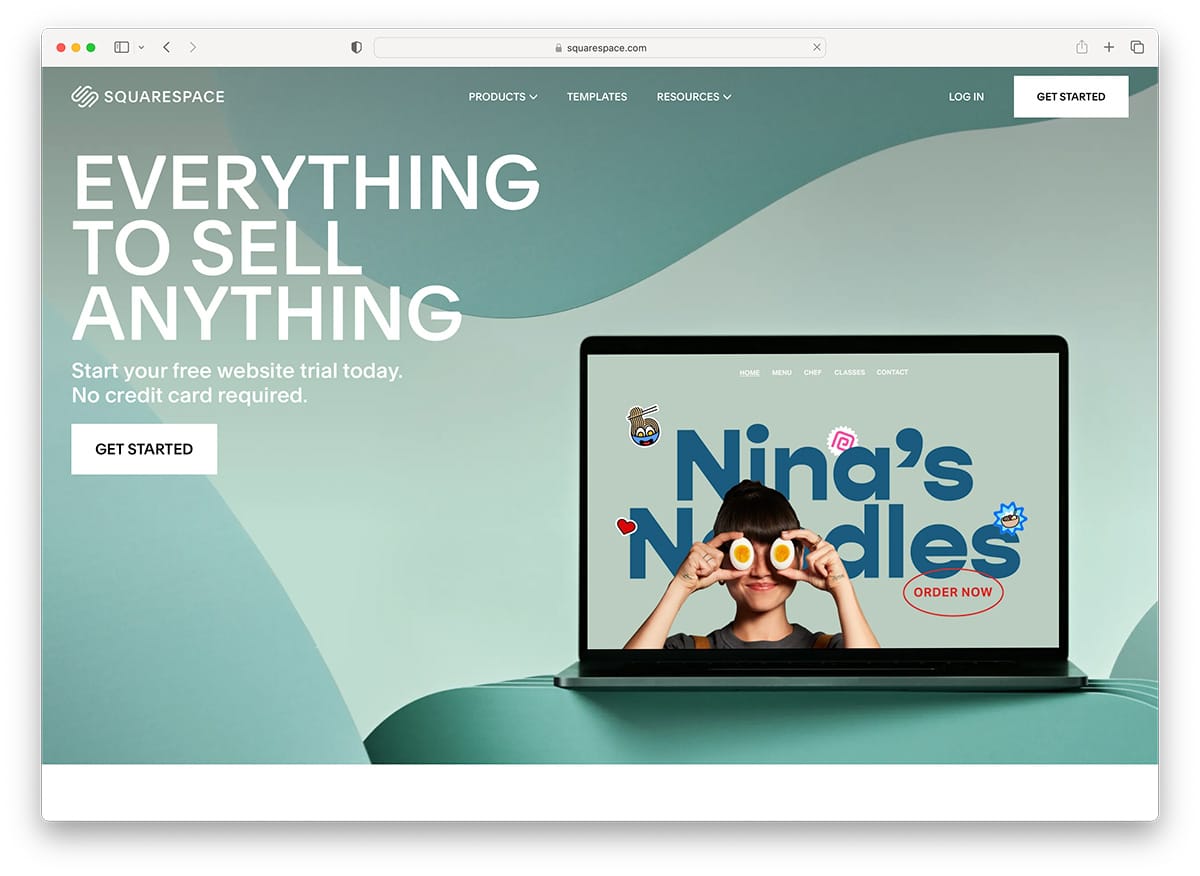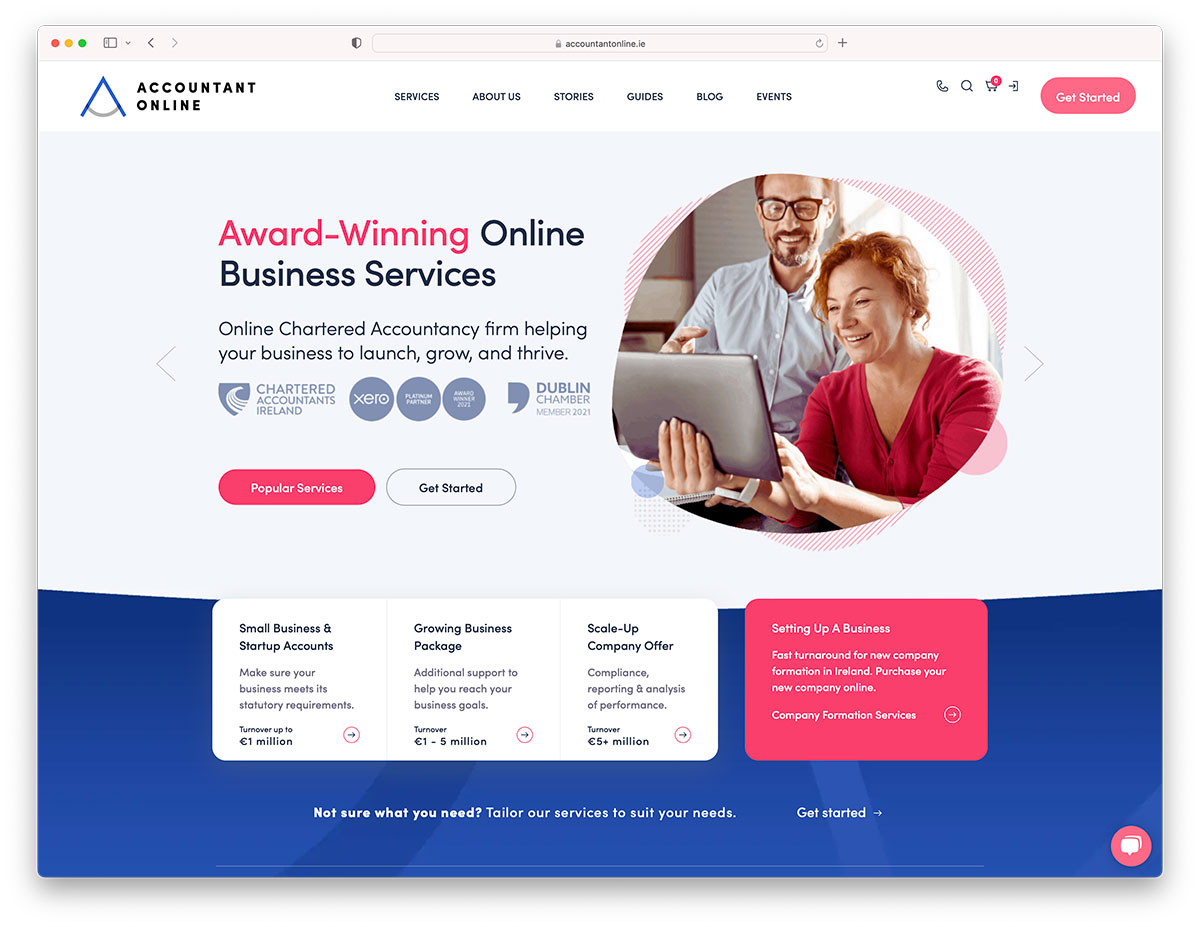The Ultimate Overview to Modern Site Style Trends
In the ever-evolving digital landscape, contemporary site layout trends play a vital role in shaping individual experience and involvement. From the surge of minimalist design principles that focus on simpleness to the influence of bold typography in defining brand identity, each aspect contributes to a natural on-line existence. The focus on mobile-first and receptive strategies, alongside ingenious microinteractions, additionally enhances usability. The expanding emphasis on lasting internet layout methods shows a commitment to ecological duty. These patterns collectively increase vital inquiries concerning the future of reliable web layout and what it implies for services and consumers alike.
Minimalist Layout Concepts
Minimal layout principles stress the concept that much less is more, supporting for simpleness and performance in aesthetic communication. This approach strips away unneeded components, focusing rather on necessary components that share the designated message successfully. By focusing on clarity, minimal design boosts individual experience, permitting visitors to browse websites effortlessly.
Core tenets of minimalist layout include making use of ample white room, which creates a feeling of balance and company. This unfavorable space not just directs the viewer's interest to crucial elements however also promotes a relaxing visual atmosphere. In addition, a limited color palette is usually used, utilizing single schemes or soft colors to keep aesthetic cohesion and avoid overwhelming the customer.
Typography plays a critical role in minimalist style, where legible fonts are picked for their simplicity and performance in interacting content. Eventually, minimalist design concepts cultivate a focused environment that motivates individuals to involve with the material, enhancing the total effectiveness of contemporary site style.
Vibrant Typography Selections
Embracing bold typography options has come to be a specifying quality of modern-day website design, as it effectively captures interest and conveys solid messaging. Designers are increasingly making use of typography not merely as a functional aspect yet as a key aesthetic element that boosts the general aesthetic and customer experience.

Furthermore, the juxtaposition of bold typography with minimal design principles enables striking contrasts, enhancing readability while keeping aesthetic charm. The use of whitespace around vibrant text even more stresses its significance, making certain that the message resonates with the target market.
As digital landscapes end up being extra competitive, leveraging vibrant typography makes it possible for brands to separate themselves and leave a lasting impression. The cautious option of typefaces and their application can evoke feelings, develop tone, and drive activity, making vibrant typography a vital device in modern-day website style. Eventually, it is a powerful means to boost storytelling and make certain that essential messages are not just seen yet also felt.
Mobile-first and receptive Layout
Receptive and mobile-first style has actually become an essential principle in modern-day internet site growth, reflecting the boosting reliance on mobile tools for accessing on-line web content. As customer behavior shifts in the direction of mobile surfing, developers should prioritize creating experiences that adjust seamlessly throughout numerous screen dimensions and resolutions.
A responsive layout makes certain that a website instantly readjusts its format, pictures, and functionality based on the device being used. Mobile-first layout supporters for establishing web sites originally for smaller sized displays, consequently scaling up to larger displays.
Applying responsive and mobile-first concepts not only accommodates user choices but additionally straightens with search engine optimization (SEO) practices. Major search engines, like Google, prioritize mobile-friendly websites in their positions, making it imperative for services to embrace why not try this out these design methods. In an affordable digital landscape, welcoming responsive and mobile-first layout is not simply an alternative; it is vital for guaranteeing ease of access and interaction with a varied audience.
Engaging Microinteractions
Microinteractions play a critical role in enhancing user interaction and overall internet site experience, particularly in the context of responsive and mobile-first layout. These subtle design elements offer instant responses to individuals, making communications extra pleasurable and intuitive. Examples consist of switch computer animations, notice alerts, and loading signs, which not navigate to this site just overview customers but additionally develop a feeling of connection with the interface.
Incorporating interesting microinteractions can significantly enhance functionality by decreasing cognitive load. When individuals get acoustic or aesthetic responses upon doing activities, such as clicking a switch or submitting a type, they feel extra positive in their selections. This cultivates a smoother navigation experience, inevitably enhancing individual retention.

As internet site design fads proceed to progress, the importance of microinteractions can not be overemphasized. They act as the subtle yet effective touchpoints that change regular communications right into amazing experiences, thereby boosting the total effectiveness of contemporary website design.
Lasting Web Design Practices
Lasting internet style methods are becoming progressively crucial as the digital landscape expands and ecological problems climb. Programmers and designers are identifying their obligation to develop websites that not just serve user requirements but likewise reduce ecological impact. This strategy includes numerous essential approaches.
To start with, optimizing power consumption is vital. Internet sites ought to be made to pack rapidly and efficiently, which lowers server power use and improves customer experience. Methods such as photo compression, minimizing HTTP demands, and using modern-day coding practices add significantly to this objective.
Secondly, selecting environment-friendly organizing carriers is important - website design. Lots of holding companies are now powered by renewable power resources, making it possible for sites to run in a much more lasting manner. This option reflects a dedication to lowering carbon impacts
Additionally, adopting a minimalist design can boost sustainability. Fewer elements on a web page lead to much less data transfer, which not just quickens loading times yet likewise preserves resources.
Finally, promoting digital ease of access ensures that websites reach a wider audience without unneeded bloat, straightening customer experience with ecological duty. By integrating these sustainable methods, internet designers can contribute positively to both user interaction and the planet's health.
Final Thought
In summary, modern internet site layout patterns stress the assimilation of minimal principles, vibrant typography, and responsive design to enhance individual experience. Engaging microinteractions add to remarkable interactions, while sustainable page practices advocate for ecologically mindful growth. Collectively, these elements not only raise aesthetic allure yet likewise improve functionality, guaranteeing that internet sites are both user-friendly and visually striking. Embracing these trends is important for creating impactful digital experiences that resonate with customers in a progressively affordable on-line landscape.
In the ever-evolving electronic landscape, modern web site design fads play a crucial function in shaping individual experience and interaction. By prioritizing quality, minimalist design improves user experience, enabling site visitors to browse websites effortlessly.
Ultimately, minimalist style concepts cultivate a focused atmosphere that urges users to involve with the web content, enhancing the overall performance of modern web site layout.Microinteractions play a pivotal role in improving customer interaction and overall internet site experience, particularly in the context of receptive and mobile-first style.In recap, modern site design patterns highlight the assimilation of minimal principles, strong typography, and receptive style to enhance individual experience.